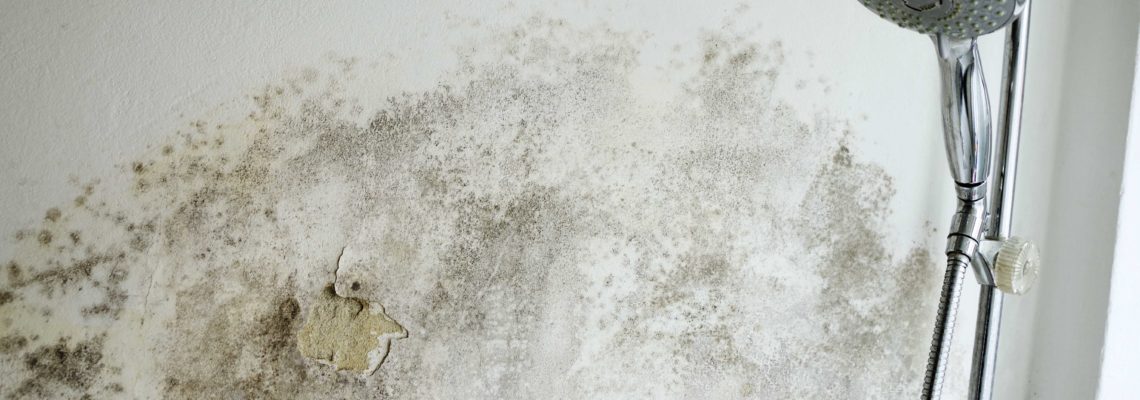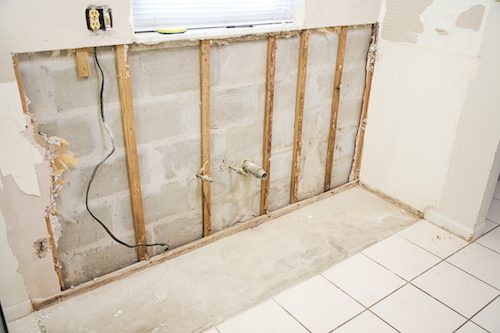Tackling Water Stains on Walls: Examinations and Addresses Tutorial
Tackling Water Stains on Walls: Examinations and Addresses Tutorial
Blog Article
The article author is making several great pointers relating to How to Find and Repair Water Leaking in the Wall as a whole in the content down below.

Water spots on wall surfaces are not enjoyable to the eyes. Often it appears almost unpreventable to experience water spots on wall surfaces in homes.
Homeowners living in damp regions continuously deal with the fear of water stains on walls. With all-round and accurate details on the causes of water discolorations and prompt repair service procedures, you will certainly always be a step ahead of such incidents.
3 Usual Causes of Water Spots on Walls
In contrast to popular belief, water discolorations on walls do not always stem from poor structure products. There are several sources of water spots on walls. These consist of:
Moist
When warm damp air consults with dry cool air, it causes water beads to form on the wall surfaces of structures. This occurs in restrooms and also kitchen areas when there is vapor from cooking or showers. The water droplets can stain the surrounding walls in these parts of your home and also spread to various other areas.
Damp or condensation impacts the roof covering as well as walls of structures. When the wall surface is damp, it produces an appropriate setting for the growth of fungi as well as microbes.
Poor Water drainage
This will avoid water from permeating into the walls. This links to excessive dampness that you discover on the wall surfaces of your structure.
So, the leading root cause of damp wall surfaces, in this situation, can be an inadequate water drainage system. It can also be due to bad management of sewer pipes that go through the building.
Pipeline Leaks
A lot of residences have a network of water pipes within the walls. It always boosts the viability of such pipelines, as there is little oxygen within the wall surfaces.
Yet, a drawback to this is that water leak affects the wall surfaces of the structure and triggers widespread damages. A dead giveaway of defective pipes is the appearance of a water stain on the wall.
Pro Tip
A houseplant in your house additionally boosts its moisture. If the house is currently damp, you might desire to introduce houseplants with very little transpiration. An instance of suitable houseplants is succulents.
Water Spots on Wall Surface: Repair Work Tips
When dealing with water discolorations, homeowners would typically want a fast fix. They would quickly understand this is counterproductive as the water spots persist. Below are a couple of practical suggestions that will lead you in the repair of water stains on wall surfaces:
Final thought
No one desires to have water discolorations on walls in their residence, it can happen to the best of us. This article provides you take advantage of, as you now know how to handle this accident if it does occur.
It is always best to hire specialist solutions to assist take care of the problems in your house.
Often it appears nearly inescapable to experience water discolorations on wall surfaces in homes.
In contrast to preferred idea, water discolorations on wall surfaces do not always stem from inadequate building products. There are a number of reasons of water discolorations on wall surfaces. The water beads can stain the surrounding walls in these components of your home as well as spread to other locations.
Here are a couple of practical suggestions that will certainly direct you in the repair of water stains on wall surfaces:
CHECKING FOR WATER DAMAGE
Water damage can be costly, and it may begin before you even notice the first signs of trouble. Water damage can cause mold and mildew in your walls and floors, which can create an abundance of health concerns for your family. It can also lead to costly repairs of various appliances and general home fixtures. To avoid the pricey consequences of water damage, here are Warner Service’s top 5 places you should check:
The walls – The easiest place to spot the beginnings of water damage is on the walls and ceilings of your home. If water damage is present, there will most likely be water stains, especially around the windows and doorframes, and/or cracks in the drywall. If a stain looks unusual (discolored to brown, black or gray, raised texture), has a swollen appearance or is soft to the touch, contact a professional immediately. The pipes – To avoid water damage, consistently check the pipes in your kitchen (especially the dishwasher and ice maker), bathrooms, laundry room (specifically washing machines) and basement for corrosion, leaks and water stains. Pay special attention to where the pipes connect in your home and the location of caulking around the bathroom fixtures, including toilets, sinks, showers and tubs. Missing or loose caulking and grout could be signs of leaking water. This seepage can also quickly cause mold and rust, so double check your water heater and tank for wet spots on the floor. The floor – Water damage is very easy to spot on the floor. Look for any warping or buckling of the material, especially in the basement. If your home has wood flooring, look for bright white or dark stains. If your home has carpeting, keep it dry and clean. A damp carpet that smells of mold could cause water damage and health problems. To avoid this, consider installing floor pans under your appliances to help prevent damages from small, slow and undetected leaks. The basement and attic – If your basement or attic smells odd check for mold and mildew around the area, especially the valley where the roof meets. While you are inspecting those areas, check for wall cracks, floor stains, rust and dampness in the insulation. If you live in a colder and/or rainier climate, perform routine checks for water damage from melting snow or ice and rain. The exterior – Check the roof for damaged flashing and missing, cracked or curled shingles. There should also be no standing water anywhere outside your home. This could be caused by puddles, leaky rain gutters or hoses, poor drainage, or short gutter spouts. Invest in a sump pump system or water flow monitoring system, and perform routine maintenance on these outdoor appliances to avoid indoor water damage.

I came across that article about Indicators of Water Damage Behind Walls when perusing the web. Please take a moment to promote this content if you appreciated it. Thanks so much for taking the time to read it.
Expert attention offered. Report this page